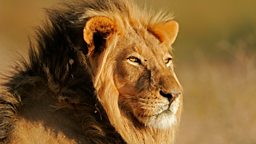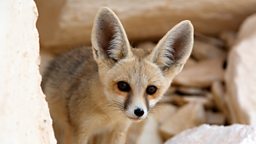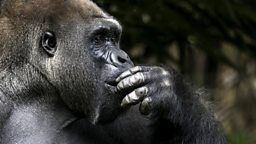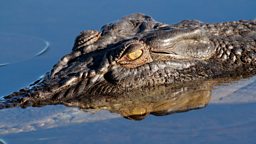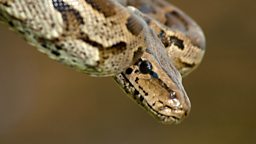Wonder facts: Big cats
The big cats are the top predators in whatever habitat they occupy.
Big cats have incredibly strong muscle fibresThe Wonder of Animals
There are only 5 true big cats – the lion, tiger, leopard, snow leopard, and jaguar. Cheetahs and cougars are in fact more closely related to domestic cats.
Lions can take down the biggest prey of all big cats - an elephant weighing several tonnes.
Big cats have muscle fibres which are three times as powerful as a human’s.
Key adaptation - group hunting
Hunting as a group enables lions to surround, manipulate and overpower much larger prey than the other solitary big cats. Their ability to hunt cooperatively is thought to stem from an adaptation in their brain. Lions have the most highly developed frontal cortex of all the big cats and this is the part of the brain which deals with decision making, problem solving, and social behaviour. Further to this, the enlarged frontal cortex is more evident in lionesses than in male lions and it is the lionesses which spend more time in groups and do the majority of the hunting on the African plains. This incredible adaptation enables them, not only to live as a pride, but also to strategise during a hunt.
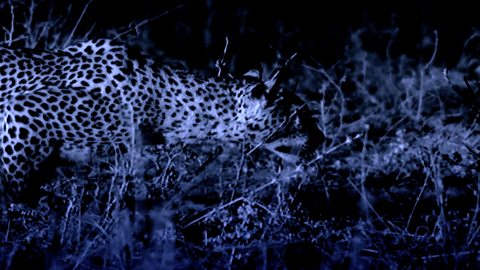
The art of stalking leopard-style
Leopards rely on stealth to hunt at night. How do they keep quiet? It's all in the paws.

